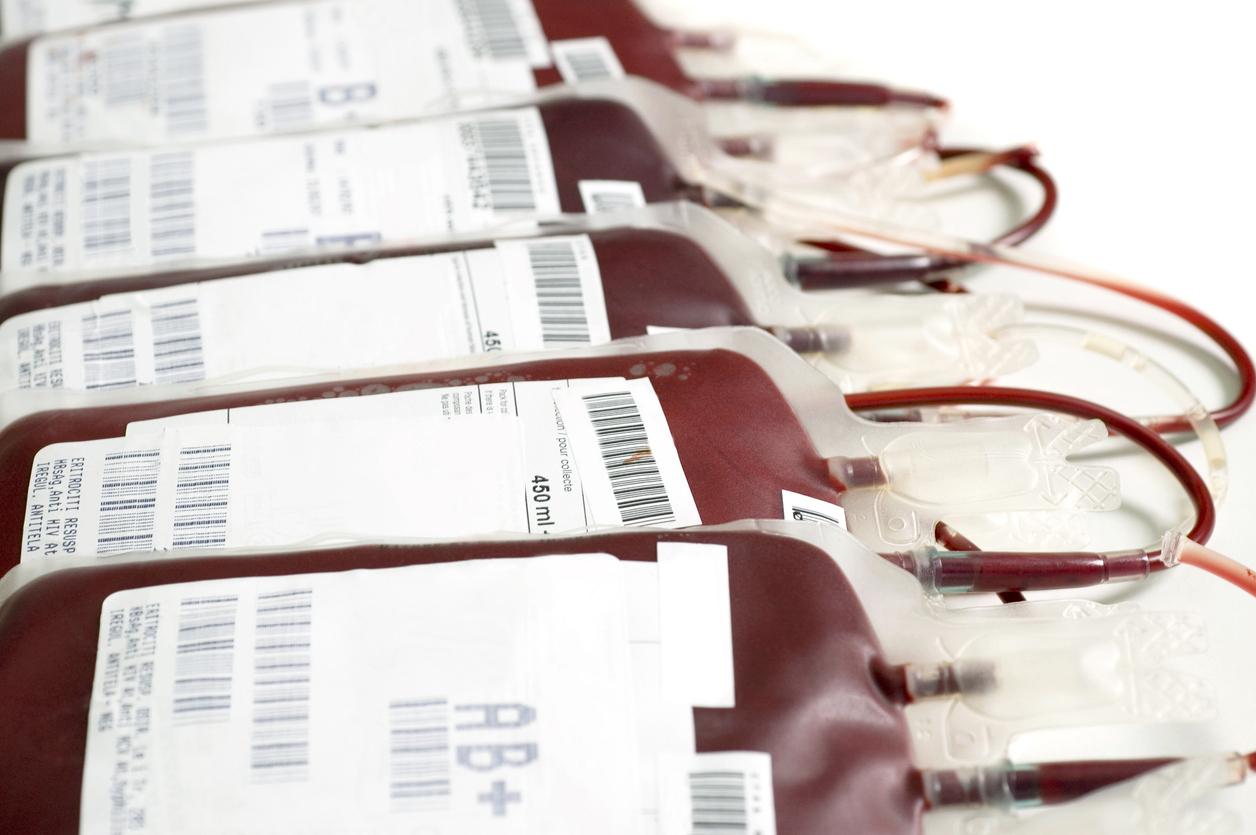A new blood test would be able to identify the onset and follow the progression of the Huntington’s disease, according to the results of a study published in the medical journal The Lancet Neurology. This discovery could make it possible to set up new therapies to fight early against this genetic disease of the brain, incurable and fatal.
The Huntington’s disease is a neurodegenerative disease characterized by abnormal movements, associated with cognitive and psychiatric disorders. It is responsible for brain damage that is not visible until the disease has developed. This incurable pathology causes death within 20 years of the onset of symptoms. As with all diseases neurodegenerative, this pathology is caused by a protein that becomes toxic to the nerve cells that control movement and thought.
Researchers from University College London in the United Kingdom associated with teams from research institutes in Sweden, the United States, Canada, France and the Netherlands conducted their study on 366 volunteers followed for 3 years. They have identified the first blood biomarker capable of “tracking” disease progression. Scientists have measured the level of a neurofilament, a protein released by damaged brain cells, also involved in other neurodegenerative diseases.
Towards an early diagnosis of Huntington’s disease
The results of the study showed that the levels of these brain proteins increase with the progression of the disease, even in patients in whom the pathology will start late. Indeed, the patients already affected by the symptoms displayed concentrations of neurofilaments 2.6 times higher than those of healthy controls and these levels evolve throughout the disease. Patients without disorders at the start of the research already had high levels of neurofilaments.
This research has also made it possible to show that the blood level of neurofilaments announces the appearance, and the progression of the shrinkage of the brain, observed by MRI.
“Carriers of the responsible mutation thus have concentrations of neurofilaments 2.6 times higher than those of healthy controls and these concentrations progress throughout the disease”, explains Lauren Byrne, researcher at the Institute of Neurology in London and author of the study.
“There is still ‘a little work’ for the test to be available in clinical routine,” say the researchers. “However, the test shows promise for both the diagnosis and the evaluation of neuroprotection in clinical trials.”
Read also:
Huntington’s disease: early diagnosis soon
Huntington’s disease: a promising treatment
Huntington’s disease: two new genes have been discovered

















